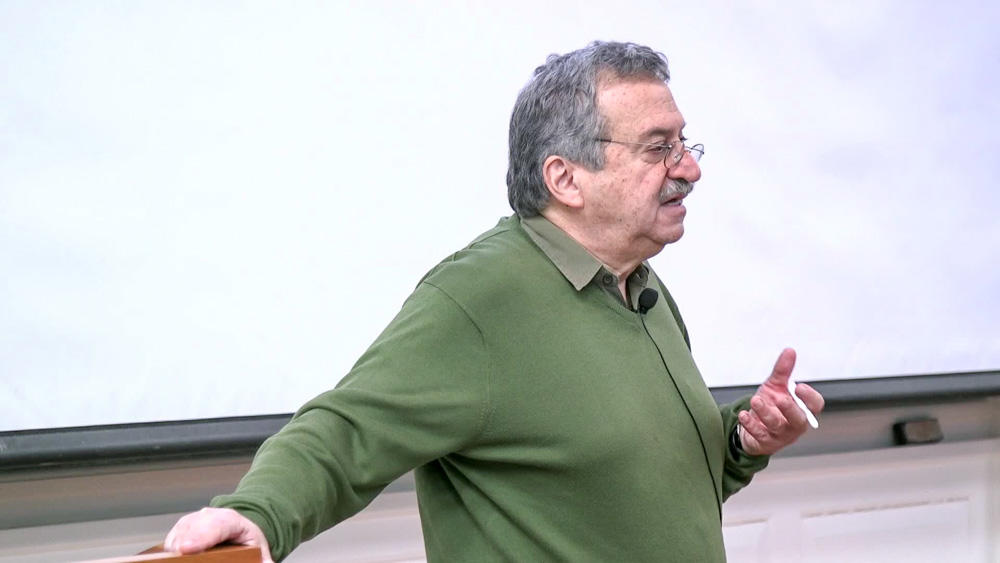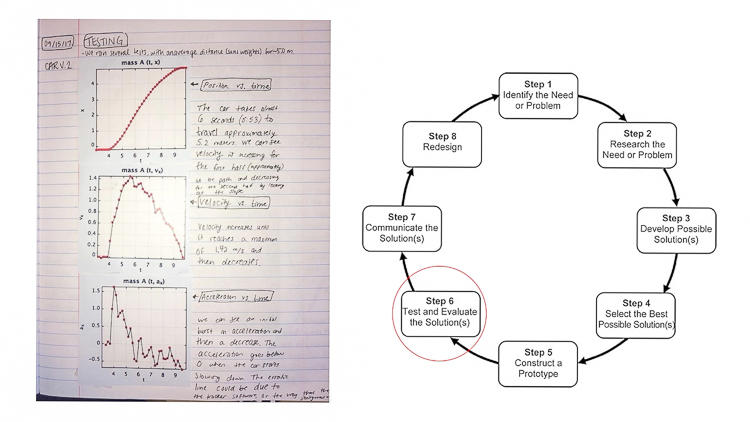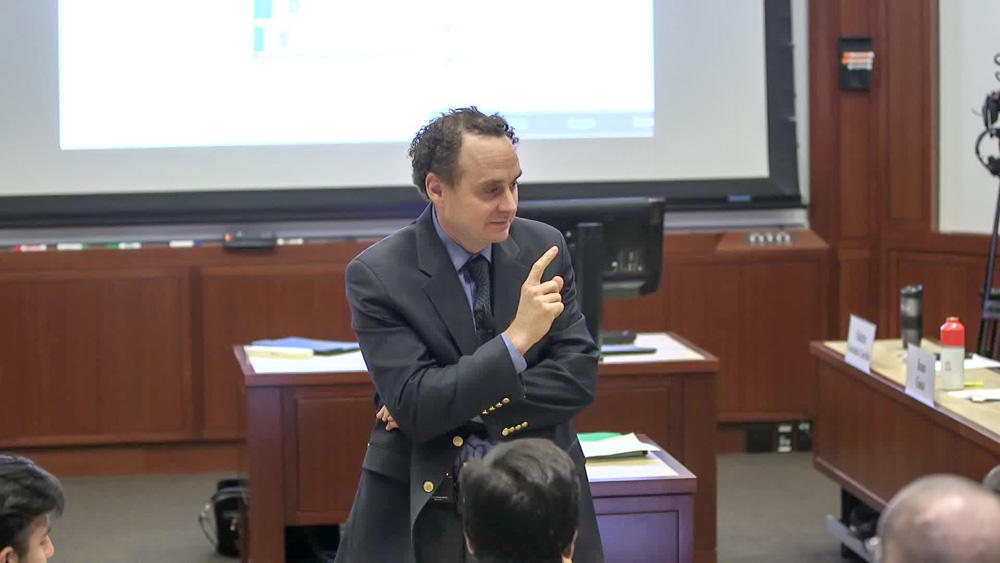Your instructional decision-making doesn’t need to be a secret. Sharing your reasons for making certain instructional moves with your students can enhance their classroom experiences by helping them become more metacognitive about their learning. In this video, Tina Grotzer models being transparent about instructional moves with her students, showing how this communication is a crucial component of her course.
Being transparent about instructional moves
Instructor
Tina Grotzer, Principal Research Scientist in Education
Student Group
Graduate
School
Harvard Graduate School of Education
Course
Applying Cognitive Science to Teaching and Learning
Group Size
35 students
- Make sure your transparency helps students reflect on their learning. Sharing your instructional moves with students shouldn’t simply be a justification of your teaching. Instead, share your decision-making in ways that help students recognize what they have been thinking and how their thinking has changed because of the instructional moves you’ve employed.
- Consider how your instructional moves can represent or relate to your course aims and content. Regardless of your subject matter, your course may prompt students to look at the world in new ways. When you’re transparent about the relationship between your instructional moves, course principles, and content, it helps students make new connections as well.
- Tanner recommends explicitly teaching students how to think about their thinking. This includes the teaching of metacognitive knowledge that can also provide students with information about why certain instructional moves are being used (2012).
- According to Pintrich, students with metacognitive knowledge and who know about different types of learning strategies are more likely to learn (2002). However, research conducted by Stanton and colleagues suggests that instructors need to be more explicit about why specific instructional practices are being chosen since simply prompting students to be more metacognitively engaged may not be sufficient (2015).
- Student learning can be improved when students recognize how specific instructional practices promote learning (Dunn et al., 2013).
- A "Note on Instruction" from IDEA shares tips and suggestions for incorporating metacognitive practices into your classroom.
- Vanderbilt’s Center for Teaching provides a helpful overview of what metacognition is and how to put it into practice.
- Consider other ways of modeling in your classroom. Instructional Moves featured faculty Paola Arlotta illustrates how modeling expert, disciplinary thinking looks in a biology classroom.




